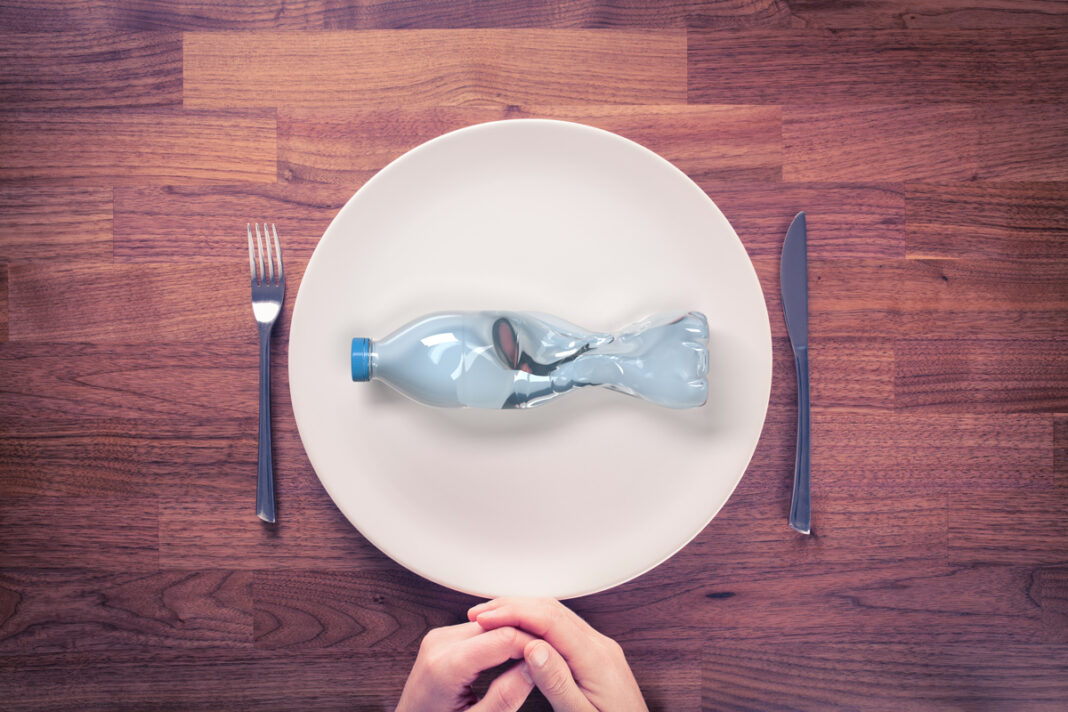CANADA—New research, recently published in the Proceedings of the National Academy of Sciences, reveals that, on average, a litre of bottled water contains nearly a quarter of a million nanoplastic particles. These nanoplastics, measuring less than a micron, are considerably smaller than a speck of household dust. The study, utilizing an innovative imaging technique, discovered that the quantity of nanoplastic particles in bottled water is between 10 and 100 times higher than previously estimated, according to Wei Min, a co-author and biophysicist at Columbia University.
Douglas Walker, an analytical chemist at Emory University not involved in the study, emphasized the significant global production of plastic, leading to microscopic particles infiltrating food and beverages during manufacturing or leaching from packaging. Despite the increasing presence of nanoplastics and microplastics in our food, drinks and bodies, the health implications remain unclear.
While some studies suggest that these particles can cross barriers such as the blood-brain barrier and placenta, their impact on health lacks strong evidence. Dr. Konstantinos Lazaridis, a gastroenterologist at Mayo Clinic, emphasized that the mere presence of these particles in tissues doesn’t necessarily indicate harm. There’s uncertainty about whether these particles pass harmlessly through most people’s bodies or if they affect individuals with genetic predispositions to disease.
Researchers hypothesize that the smaller size of nanoplastics may make them more hazardous, as they can potentially enter cells more easily and have a greater overall impact on health than microplastics. Although certain additives and chemicals associated with plastics have been linked to health issues, the toxicity of many others used in plastic manufacturing remains unstudied in humans.
To minimize exposure, experts recommend drinking filtered tap water with a pore size of 1 micron or less to reduce microplastics. Using glass or stainless steel bottles when possible, and avoiding plastic filters, are additional precautions. Dr. Walker suggests minimizing the use of plastic products, including food containers and single-use grocery bags, to further reduce exposure.






